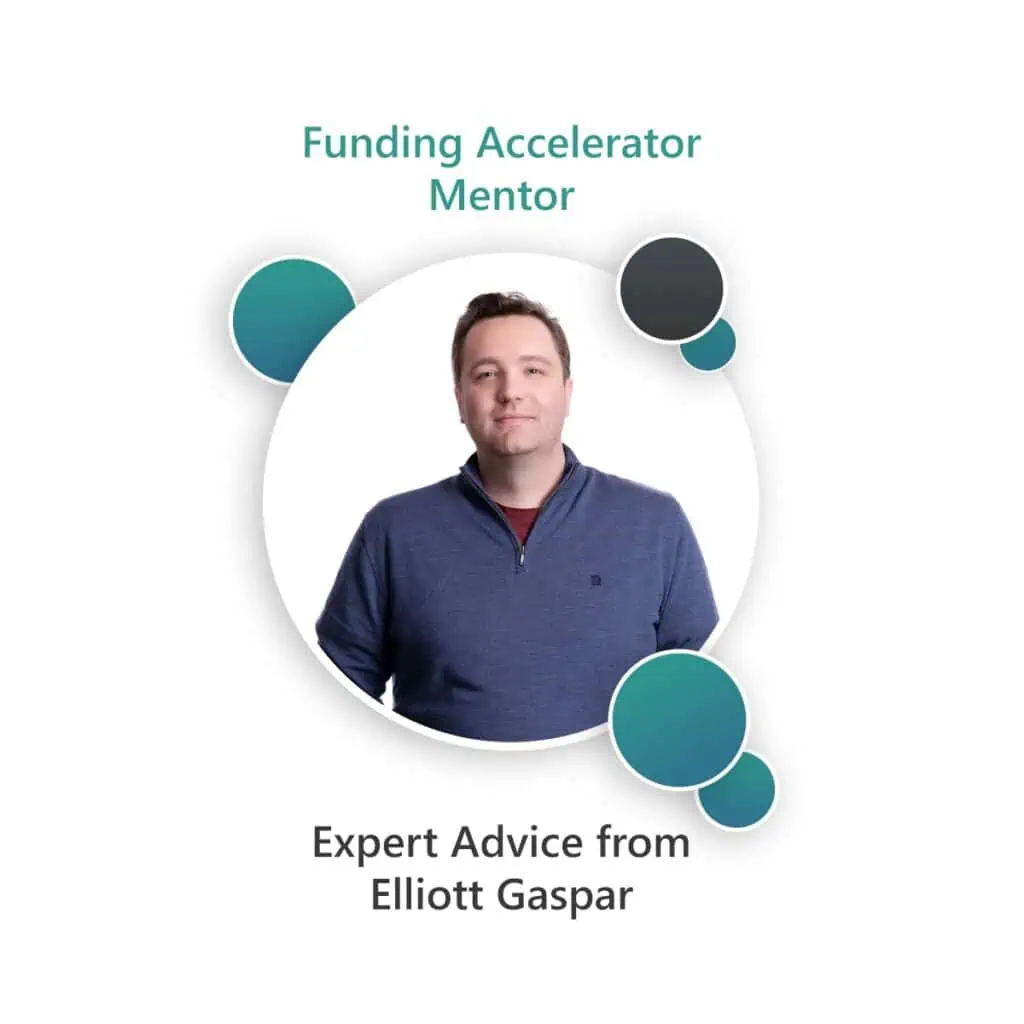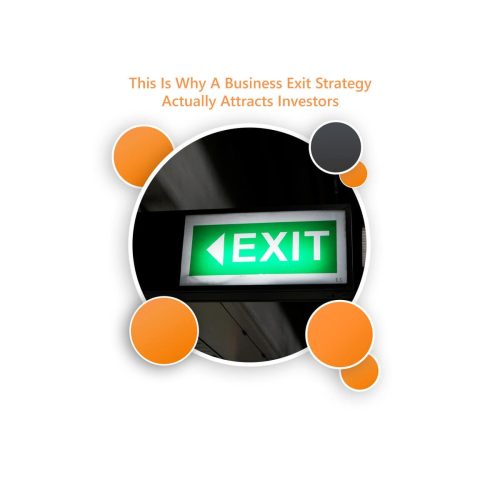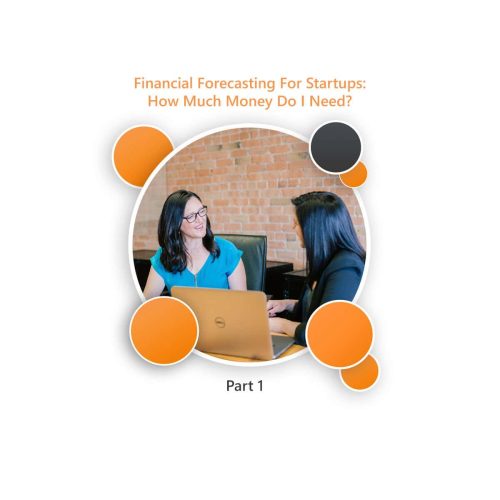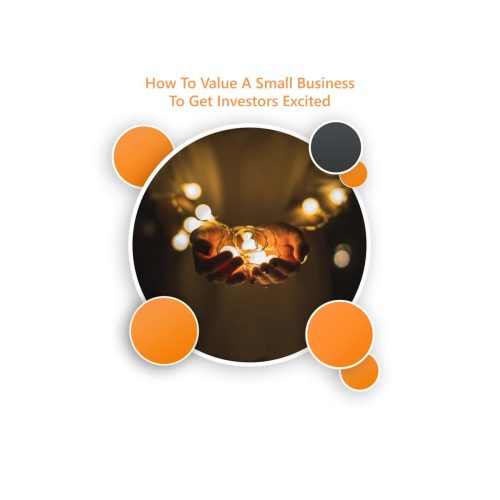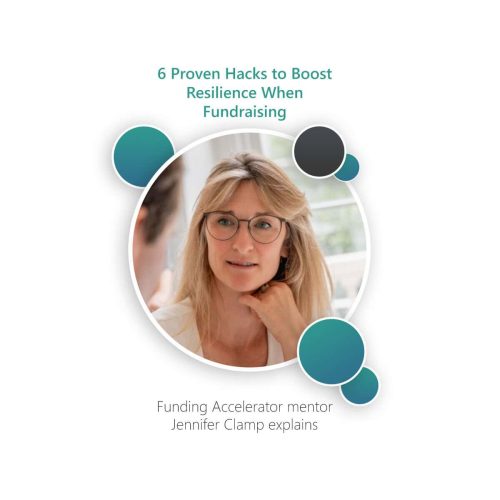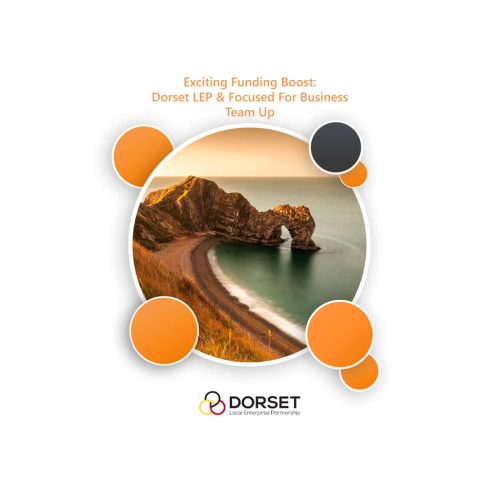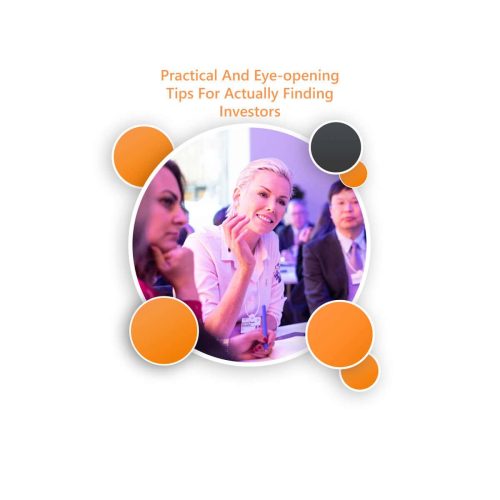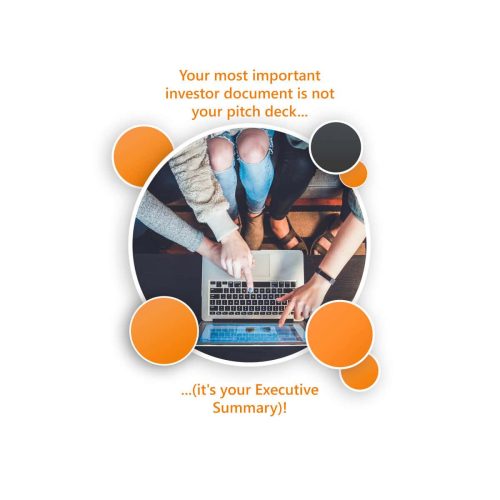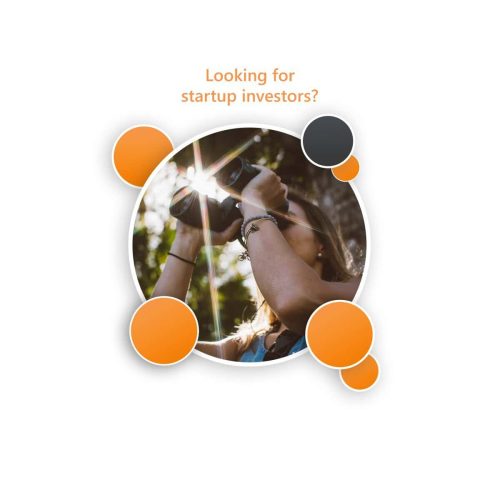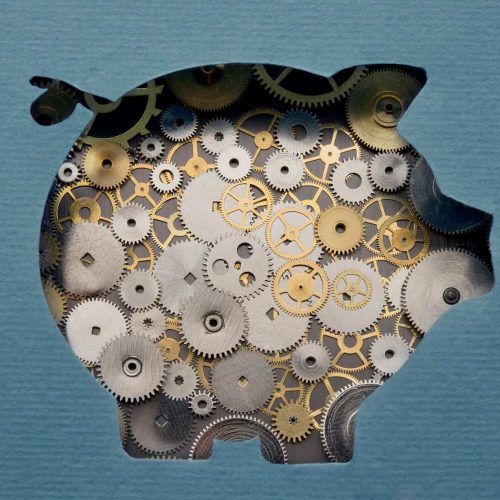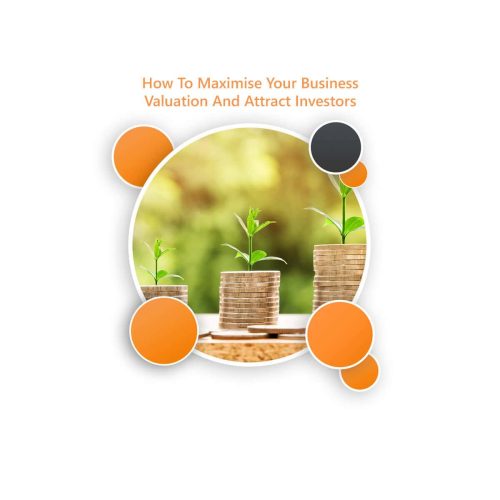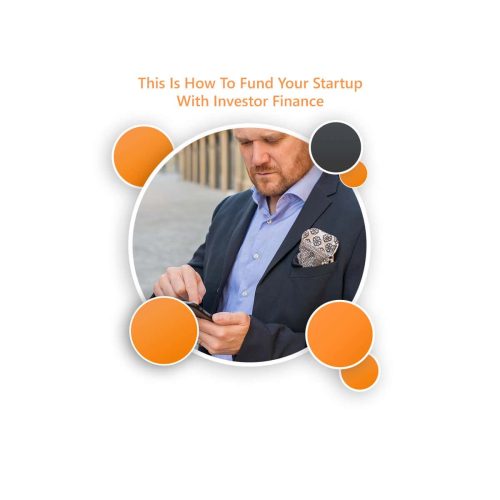Much like brewing a delicious cup of coffee, a compelling financial forecast for investors requires a complex blend of data, strategy, and storytelling. It’s more than just numbers; it’s about creating a compelling narrative that showcases not only where a company stands but also where it’s headed and how it plans to get there.
We asked Funding Accelerator mentor, Elliott Gaspar to delve into the three key components that make a financial forecast for investors, leaving them eager to take a sip of your startup’s future success.

1) Driver Based Assumptions: The Financial Forecast Espresso of Projections
Imagine being presented with two cups of coffee to judge. The first is labelled as superior, while the second comes with details about its grind size, brewing time, and precise temperature control. Naturally, the second cup piques your interest and wins your trust.
Similarly, presenting raw projections like a simple percentage growth in your financial forecast lacks depth and substance. This is where driver-based assumptions come in. Investors want to understand the reasoning behind the numbers. In a financial forecast for investors, every figure should connect to an actionable plan or a measurable trend. It’s not just about the “what” but also the “why” and the “how.”
Consider these two pitches:
Startup A: “We project a 10% growth in sales next year.”
Startup B: “With our new partnership with a prominent tech influencer and an upcoming product feature upgrade, we predict a 15% uptick in user engagement and a 3% boost in average transaction value, leading to a 20% revenue growth next year.”
While Startup A presents an outcome, Startup B unveils the process.
Contextualising your numbers with drivers, whether they’re operational, strategic, or market-driven, transforms a forecast from guesswork into a thoughtful projection. This showcases your confidence in growth predictions and your understanding of the market, competition, and your own operations. Are you serving generic coffee or offering a rich blend brewed to perfection from bean to cup? Potential investors will taste the difference.
2) Unit Economics: A Recipe for Success
When creating a financial forecast for investors, it’s tempting to fixate on big numbers like total revenue and annual profits. But just as a coffee connoisseur meticulously measures each bean and adjusts the water temperature for a perfect brew, investors closely scrutinise your forecast’s finer points, going beyond the froth.
Their focus? Unit economics. This is profitability distilled into a single sale or transaction. It involves understanding the costs associated with each sale, such as marketing expenses, and comparing them to the revenue generated. If a sale costs more than what customers pay, scaling up won’t solve the issue; it’ll only magnify inefficiencies.
For example:
Startup C sells an innovative online software solution.
- Customer Acquisition Cost (CAC): The startup notes that it takes £50 of advertising spend to attract a new customer.
- Cost of Service Delivery: The cost of developing and maintaining their cutting-edge software for each customer stands at £20.
- Sale Price: Their online tool commands an annual subscription fee of £100. So, after considering the CAC and service delivery expenses, the profit for each subscription boils down to £30 each year.
Startup C impresses potential investors with strong unit economics, showing that each sale contributes to their bottom line as they grow. If the numbers don’t add up, adjustments may be needed, such as finding more cost-effective customer acquisition methods or revisiting their pricing structure .
Clear unit economics assures investors that you’re not not just brewing up grand plans, but are finely grinding the details for a consistently profitable blend.
3) Serving It Right: First Impressions Count
Picture this: You’re at a café, and the barista serves you an artfully crafted, cocoa-dusted cappuccino, accompanied by a thoughtfully placed biscuit on the saucer. It’s a treat for the eyes before you even take that first sip. On another day, you place the same order, but this time it’s in a no-nonsense foam cup without any special touches. While the core component – the coffee itself – is the same in both instances, your experience between the two moments feels worlds apart.
Apply this analogy to a financial forecast for investors. The way you present your numbers to investors can significantly impact their perception of your business. An easy-to-understand forecast allows investors to quickly grasp the core information, see the big picture, and understand the story behind the numbers.
Let’s take a look at an example.
Startup D is a health-focused SaaS platform. Instead of inundating investors with spreadsheets, they present an engaging visual dashboard:
- Monthly Active Users (MAU): Investors see a line graph with consistent growth in MAU, highlighting the platform’s increasing engagement levels. This visual immediately conveys that users are flocking to the platform.
- Lifetime Value (LTV) to CAC Ratio: A clear, easy-to-read pie chart shows a user spending £500 across the subscription period, with an acquisition cost of £100. The LTV to CAC ratio is boldly emphasised as 5:1. This healthy ratio underscores the potential return on investment from their marketing strategies, revealing that the revenue earned from a customer during the lifetime of their relationship with the business (LTV) is five times more than the cost spent to acquire them (CAC).
- Churn Rate: A bar chart illustrates a 2% monthly drop-off in users. This visualisation spotlights areas where user experience can be enhanced. Investors can quickly grasp the need to address this issue for sustained growth.
With visually compelling insights, Startup D doesn’t just provide numbers; they create a narrative that shows investors that their platform is attracting users, monetising effectively, and proactively addressing churn.
So, don’t forget to add that little extra flair to stand out from the crowd. Sprinkle on the chocolate dust, and make sure you leave a lasting impression.
A Sip of Wisdom
Creating a compelling financial forecast for investors is both an art and a science. By grounding your forecast in specific drivers, understanding your unit economics, and presenting data clearly, you offer investors a clear view of your startup’s potential. And with the perfect blend of ingredients, you’ll leave those potential investors not only satisfied, but coming back for refills.
Ready to dive deeper into startup metrics and gain a competitive edge in securing investments? Elliott and his team at Standard Ledger have compiled a Startup Metrics Guide for Founders. It measures what truly matters, from cash burn and customer acquisition cost to recurring revenue and SaaS-specific benchmarks.
Is your startup ready for equity investment?
Find out how attractive your business is to investors by answering 20 quick questions

